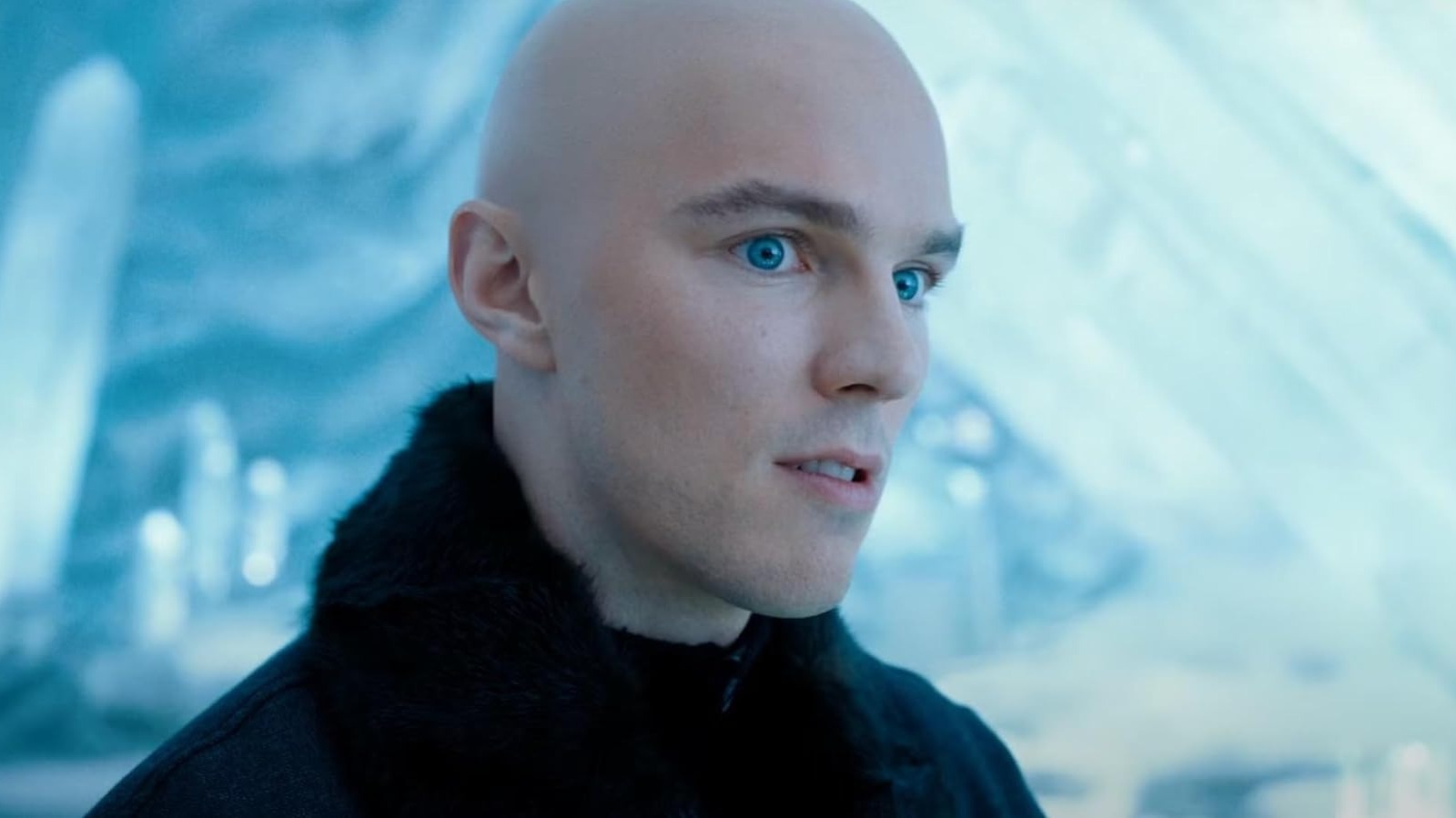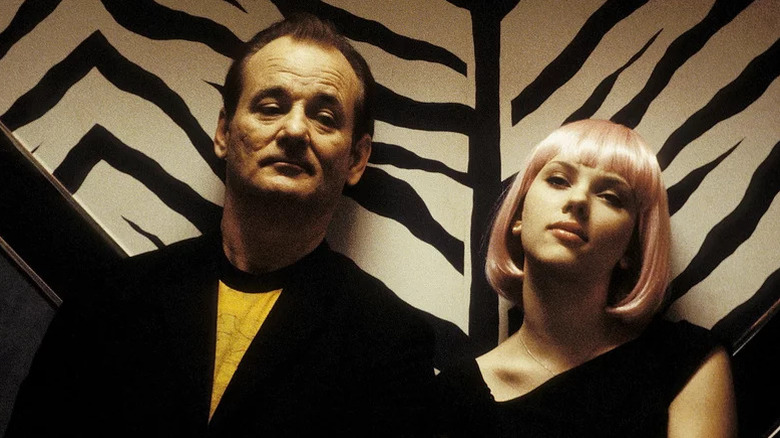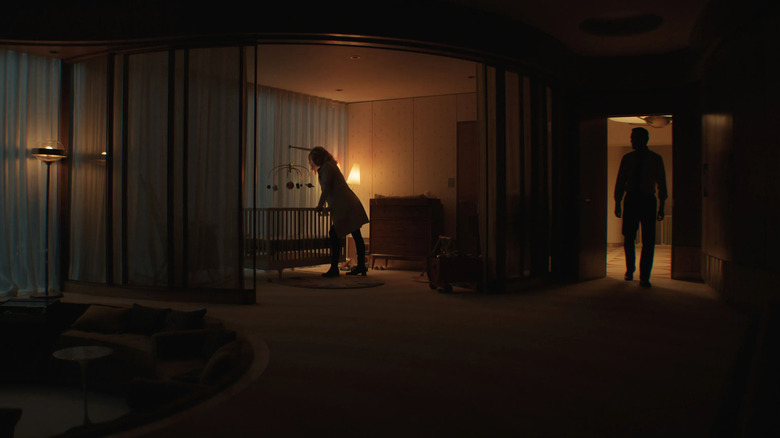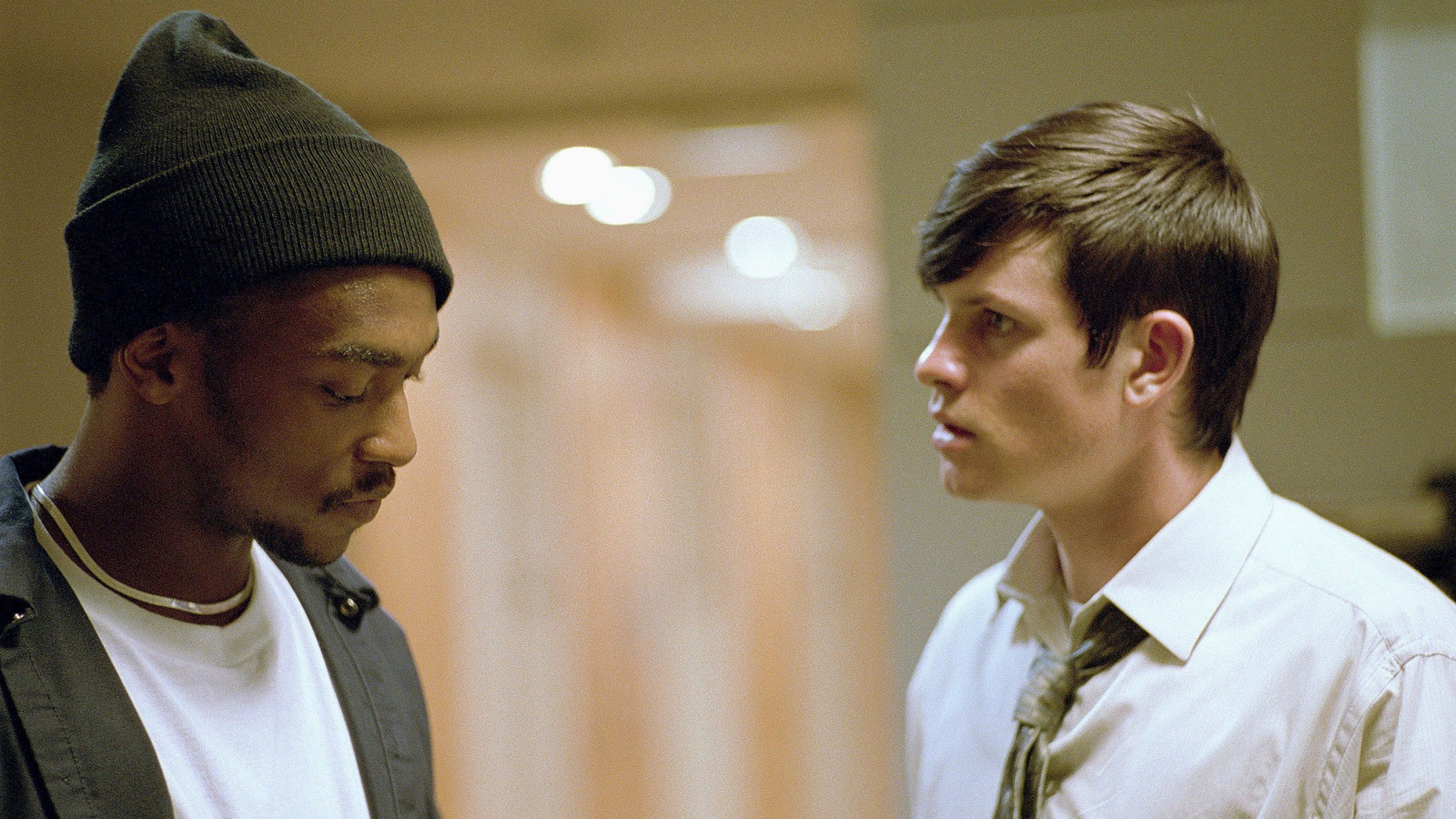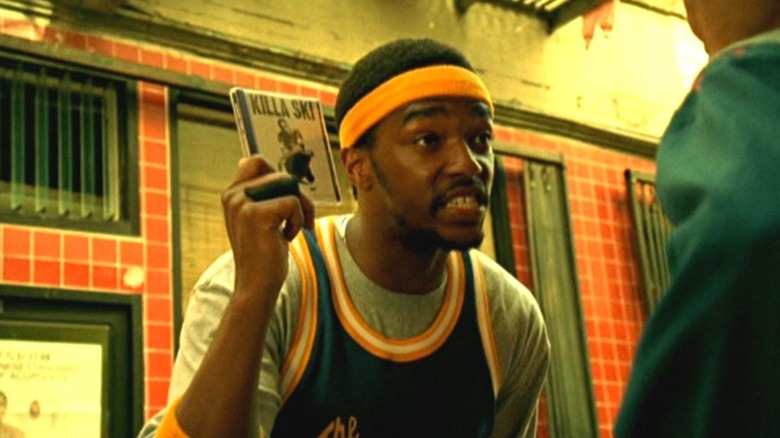Mr. Handsome was 12 year old Lex Luthor’s first attempt to create life
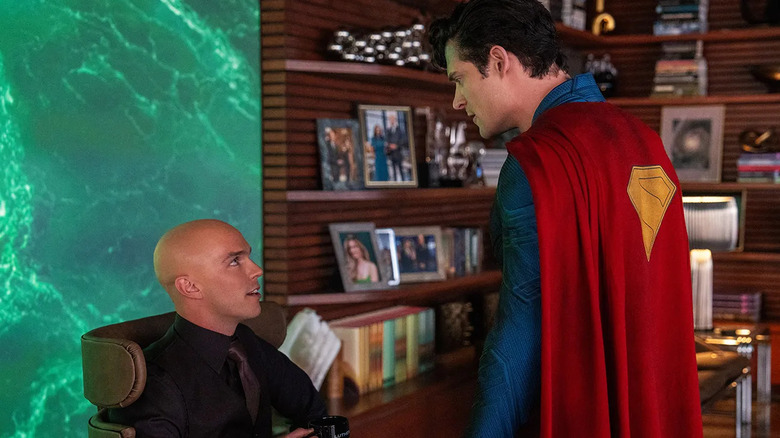
Jessica Miglio/Warner Bros.
“Superman” presents its Lex Luthor (Nicholas Hoult) as a tech genius who’s more that willing to bend the laws of society (and even reality) to serve his needs, much in the same way our real-life supervillains think they alone deserve the power to reshape the world in their image. Lex’s contempt for Superman (David Corenswet) appears to stem from his insecurity about just how perfect Superman is, and so he goes to dramatic lengths to foil the do-gooder. He has a team of super powered metahumans to assist him in this task, but the oddest one of the bunch is someone we only briefly see on screen: Mr. Handsome.
If the Greendale Human Being from “Community” had a love child with the fleshy Pale Man from “Pan’s Labyrinth,” the baby would probably look something like Mr. Handsome. His affectionate title sounds like its a small ironic joke hidden in the middle of a movie positively packed with gags, but Gunn revealed on Twitter that Mr. Handsome’s backstory with Lex goes far deeper than you might have assumed:
When people ask me my favorite character from #Superman it just might be Mr. Handsome. Lex created Mr. Handsome in a Petri dish when he was 12 — he was trying to make a human. He didn’t come out so well, but he just might be the only one in the world Lex has any true sentiment for, as evidenced by the photo on his desk. Our Mr. Handsome was portrayed by the wonderful Trevor Newlin.
With such an outlandish backstory (one that’s bound to make people go “WTF?!” while simultaneously adding a hint of humanity to Hoult’s twisted portrayal of his bald baddie), it’s easy to see why Mr. Handsome is Gunn’s favorite character in the film. And now, hopefully, he’ll be your favorite character too.
“Superman” is currently playing in theaters.

by admin | Jul 29, 2025 | Articles, Hollywood Reporter Articles
More than 30 years after the original franchise, The Naked Gun is back, this time helmed by Liam Neeson and Pamela Anderson.
The film stars Neeson as Frank Drebin Jr., son of Leslie Nielsen’s Detective Sergeant Frank Drebin, as he follows in his bumbling father’s footsteps and must solve a murder case to prevent the police department from shutting down.
Both Neeson and Anderson brought their sons to the New York premiere on Monday — as the Internet buzzes about if their onscreen connection has transferred offscreen — and Neeson joked to The Hollywood Reporter on the carpet that working together “was really hard to do.”
“It was so much fun, it was such a great project and what a great way to get to know somebody and laugh every day, just know that you’re contributing to something funny,” Anderson gushed of their collaboration.
And as for if they ever questioned what they got themselves into in the out-of-the-box comedy, Neeson admitted, “There was a few of those, yeah. But it was all still joyful.” Anderson added, “It was fun to be part of something that was just schoolboy humor, schoolgirl humor and just have a few laughs. Everyone likes to have those belly laughs and be silly. I think laughter is medicine and I think it’s much needed.”
The movie is written and directed by The Lonely Island’s Akiva Schaffer, with Seth MacFarlane serving as a producer. MacFarlane said he considers Schaffer a defining comedy writer who has rewritten how people use the medium, noting, “He approaches comedy from a selfless point of view. He’s out to get laughs, he’s out to make his audience happy; he’s not going in to win Oscars, he’s just here to do the job that comedy’s supposed to do.”
The Naked Gun hits theaters on Friday.
Neha Joy contributed to this report.
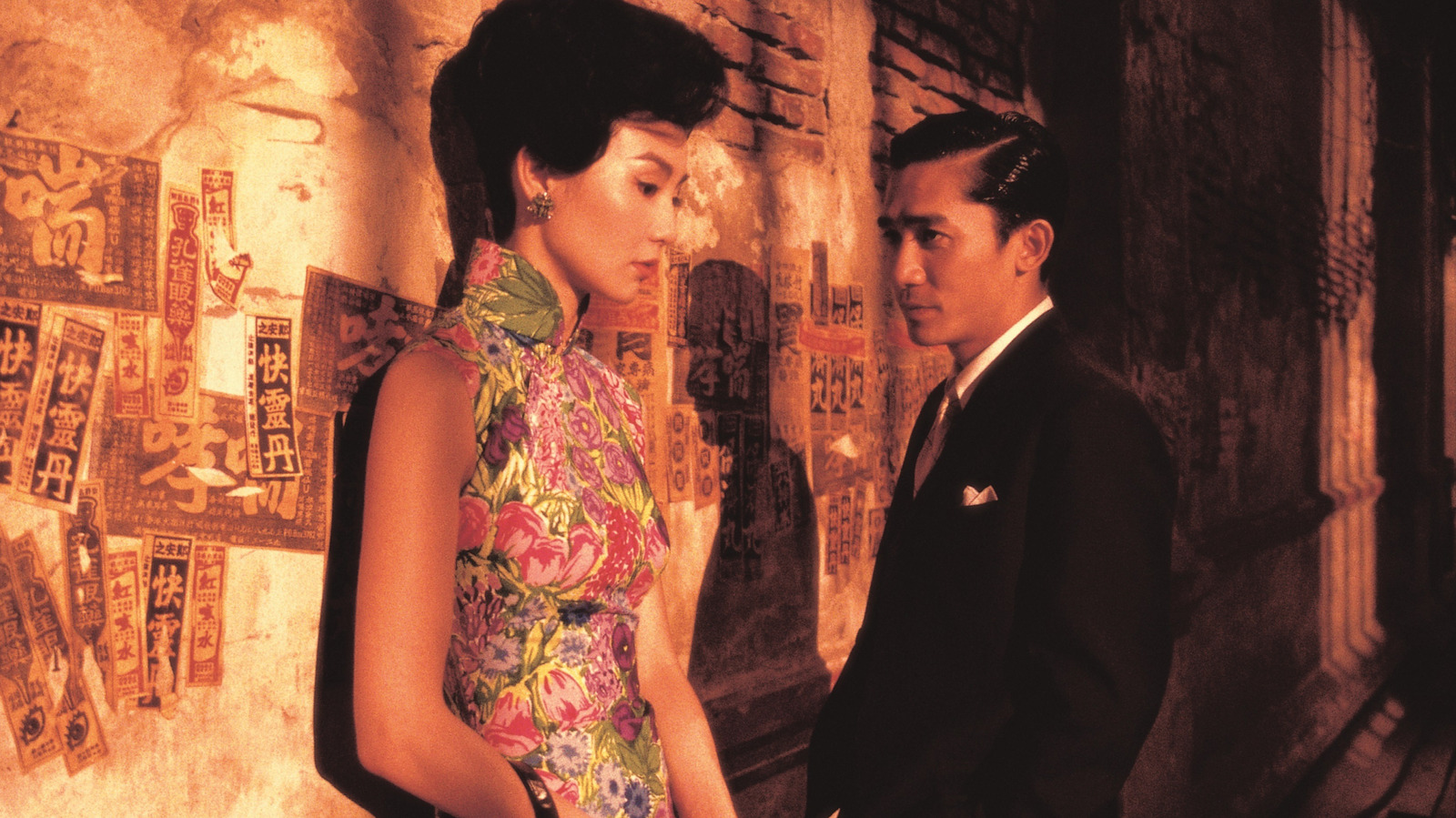
by admin | Jul 29, 2025 | TV & Beyond Articles
released its ranking of the 100 best movies of the 21st century so far. While not everyone was happy with the list (in part because the picks weren’t as international in scope as they could’ve been), it’s hard to argue with each individual movie they chose. Ranked #4 on the list was “In the Mood for Love,” a 2000 romance film directed by Wong Kar-wai.
Sofia Coppola was among the filmmakers who chose “In the Mood for Love” as one of the 10 movies on her ballot, and the film’s entry on the list quotes her reasons for including it. “It really blew my mind that you could make films in that way, as a poetic medium that doesn’t have to spell everything out,” Coppola wrote. “It felt like something I hadn’t seen before and it was really inspiring to make things that were more impressionistic.”
It makes sense that Coppola loved this movie so much, since her 2003 film “Lost in Translation” scratches a similar itch. Both movies are about two people who clearly have a connection but who can’t (and perhaps shouldn’t) ever become an official couple. Both are quiet, aching films about loneliness and simmering tension, and both would end up on the NYT’s list of best ever movies. (“Lost in Translation” was ranked 30th, and received a shoutout from Pamela Anderson.)
Coppola’s been open about loving “In the Mood for Love” over the years, even giving Wong Kar-Wai a shoutout in her acceptance speech when she won an Oscar for the screenplay. After thanking her friends and family, she thanked “the filmmakers whose movies inspired me when I was writing this script: [Michelangelo] Antonioni, Wong Kar-Wai, Bob Fosse, [Jean-Luc] Godard, and all the others.”
